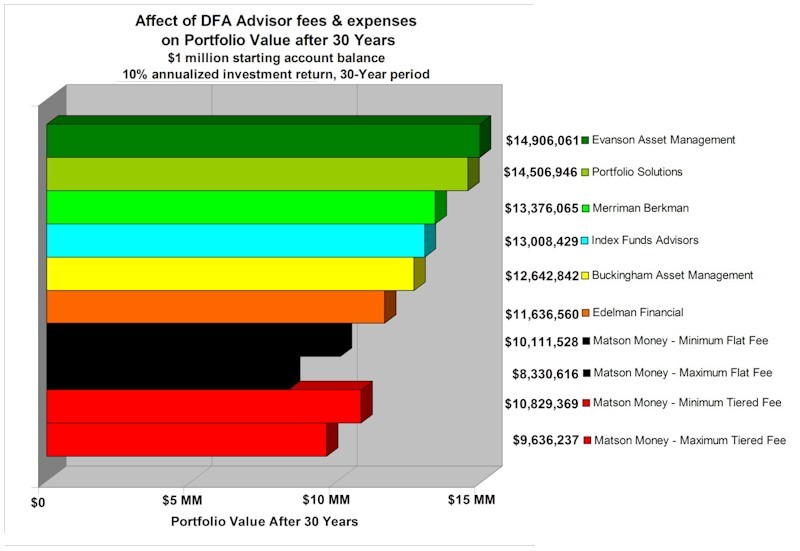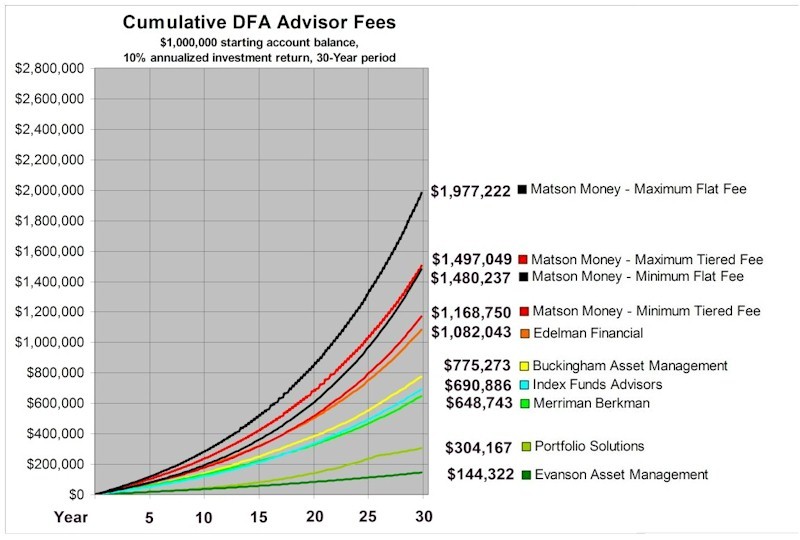DFA vs Vanguard AssetBuilder Inc Registered Investment Advisor
Post on: 20 Апрель, 2015 No Comment

The story begins in the summer of 1987 with some columns about the idea of an “All Weather Portfolio”— a portfolio that would be less vulnerable to declines. This All Weather Portfolio morphed into a Couch Potato portfolio that ended up growing additional flavors like Margarita, Six Ways from Sunday and finally the 10 Speed. The basic drivers were (1) low cost index funds, (2) “naïve” asset allocation, and (3) smart indexing ala Fama/French school of thought.
The goal was to ease implementation and support a real do-it-yourself strategy. Vanguard was selected as our foundation to the strategy because of its quality, index focus, availability, and low costs. We continue to support Vanguard today as the optimal fund company for the DIY investor.
How Do You Build Your Portfolios?
Clients select from a menu of Model Portfolios that AssetBuilder constructs using asset allocation. Asset allocation is the division of a portfolio’s investments among asset classes to balance expected risk and expected reward. These asset classes include small and large stocks, value and growth stocks, domestic and international securities, emerging market securities, real estate and government bonds.
AssetBuilder’s approach to asset allocation is influenced by the work of Nobel Prize laureates William Sharpe and Harry Markowitz, who shaped the role of financial science in investing through their development of Modern Portfolio Theory. This theory states that a portfolio diversified across asset classes offers the best opportunity for an investor to achieve the highest possible return for a given level of risk.
AssetBuilder employs a “buy and hold” approach to asset management. It’s a style based on the belief that market timing is not proven as successful. Rather, the focus should be how much each investor can risk losing while staying invested in the market.
Our Principles:
- Markets are efficient
- Asset investments are fairly priced.
- Diversification reduces risk.
- Asset allocation is balanced in numerous asset classes.
Each Model Portfolio is designed to offer an optimized asset allocation based on varying levels of risk. Because no two investors are alike, AssetBuilder offers clients a range of Model Portfolios from which to choose.

At AssetBuilder we use Dimensional Fund Advisor (DFA) funds to improve your investment results through four important steps.
- Simple indexing: We eliminate manager risk. We also eliminate the manager expenses that reduce the return on your money.
- Simple diversification: We expand the number of asset classes in your portfolio to reduce risk. Basic Couch Potato portfolios take the first two steps to improve investment results. At AssetBuilder, we take two additional steps to maximize your earnings potential.
Smart indexing: We go a step beyond market capitalization based indexes by taking advantage of higher returns to small cap and value priced equities — per the Fama/French research.
Until recently, it wasn’t possible to take the third step. Smart index funds simply weren’t available, except to institutional investors. Today, though, it’s possible through a growing group of “smart” index funds and ETFs. (We chose Dimensional Fund Advisors funds because they are the purest practitioners with the lowest costs.)
What’s the right choice for your investment needs? Select your portfolio by its target return. If you want to learn more about your investment objectives or risk, please click here.
Modern Portfolio Theory 101
Modern Portfolio Theory suggests that your portfolio should be diversified with REITs, international, emerging market, and United States equities. For us, the emphasis is also on the Fama/French factors that would focus on small cap and value. The basic idea is to get the highest possible return with the lowest possible risk, measuring the risk by price fluctuations.
Our focus on Fama/French and Modern Portfolio Theory led us to Dimensional Fund Advisors (DFA — www.dfaus.com ). A smart group, they are. Their investment strategies are grounded in proven academic research and studied by leading minds of the industry.
Vanguard is a first generation of index funds. DFA is a second generation of index funds that the industry calls quantitatively active or smart index funds. Remember, to get the tilt toward value and small cap funds, there are significant gaps in the Vanguard strategy.
Results Revealed. DFA vs Vanguard
The following performance results represent the equity asset classes of interest for our AssetBuilder portfolios.














